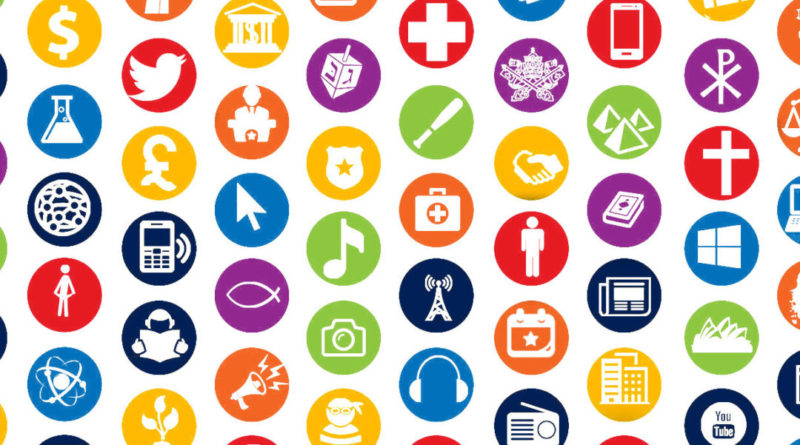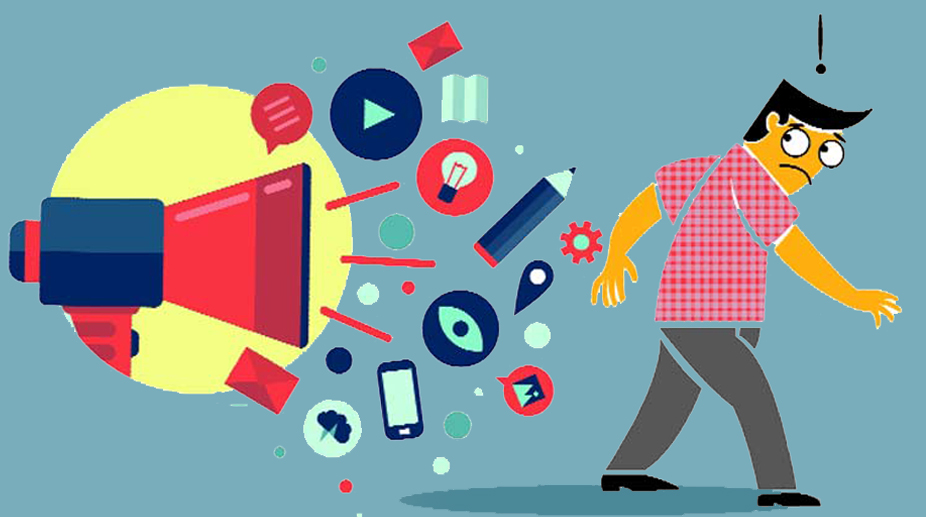The media can be said to play an important role in contemporary society. It is present everywhere from traditional media such as television or newspapers to new media such as social networking sites like Facebook or Twitter. In my opinion, the media is guilty to a large extent of misguiding with regards to negatively influencing the mindsets of individuals in the aspects of race, politics and education.
Media can cause conflict through inflammatory remarks and deepen racial divides. For example, in 1964, the United Malays National Organisation (UMNO) a political party in Malaysia., utilised the local Malay newspaper, Utasan Malayu to incept anti-racial thoughts into Malays, particularly through the dissemination of rumours that Malays in Singapore were ill-treated by other races and the People’s Action Party. This led to racial riots across the Causeway in both Singapore and Malaysia leading to heavy casualties. Hence, conflict can arise from untrue generalisations through the use of media in which anti-racial sentiments is brought up. These may then be sensationalised by the Media which may intensify anti-racial thoughts. This is largely indicative of how the media is guilty of misguiding in displaying anti-racial rhetoric which can cause different races to turn against one another.
[you only cited one example – you have to address it quickly if this is an anomaly or something that occurs regularly]
Media may also be extremely biased especially when it is state-controlled in which false claims are published. For example, at in a national North Korean state-sponsored website, it was cited that close to 99% of North Koreans voted in a national poll for the ruling party in ‘free and fair’ elections. This is obviously untrue and is published probably to deceive the international community as well as North Koreans that North Korea’s leadership is well received and is in a stable position so as to consolidate power. Hence this shows how the state, or in this case, the leadership of the state may utilise the media to further their own agendas thus proving how media may be extremely biased towards a state or in this case, leadership of a state. Thus, it largely indicates how the media is guilty of misguiding through the deception of the common masses especially by state-controlled media in which may result in manipulation of the people to reach its objectives.
[why is the above point on North Korean elections viewed with trepidation? Why can one NOT believe that is said in the N/Korean press?]
Media can also negatively influence individuals through popular portrayals which may result in undesired social consequences. For example, the Success Tech Academy shooting in which resulted in the death of students believed to be caused by bullying and social trauma. Although it is undeniable that the social pressure exerted on the shooter by the bully may have largely compelled him, however, the Media may also have played a role in this unfortunate accident. Through popular violent portrayals in mediums such as television, teenagers may become negatively influenced and misled into thinking that violence was justifiable under various circumstances and that human life has little value. Had there not been popular violent portrayals, the perpetrator might have to think twice about taking a human life thus it may have inadvertently caused the shooting to occur. Hence, this shows how the media may exert negative influence onto individuals, instilling the wrong set of values thus misguiding individuals into heinous acts as such.
However, some may argue that media can also help in edifying individuals particularly through the rise of various platforms. For example, e-learning implemented by schools worldwide can help students to learn through the internet with the use of multiple interactive websites. Online learning can also provide a plethora of resources through numerous websites which may contain a surfeit of useful information. This can help students to gather more information in regards to a particular field of study and conduct research more effectively. Thus, this shows how the media is not only not guilty of misguiding but is in fact useful in guiding students particularly in education for example, in aiding with research and providing more information in which students can learn and understand better. Although this may be true, however, advocates of this claim have failed to realise that these platforms can at the same time, be guilty of misguiding individuals (in this case students). For example, although the use of interactive websites may be useful for learning, however, these websites may also be biased and provide false information. Eg? Students, being unequipped with prior expertise, may fail to realise that they may be in fact absorbing wrong facts and may lead to grave misconceptions. Thus, although interactive media can aid in learning, however, it has limitations and is still largely guilty of misguiding particularly through wrong facts and may thus obscure understanding and application of learning concepts.
On the other hand, detractors may also argue that Media can help to provide fast and accurate news through eyewitness accounts with the rise of citizen journalism. This can be done through social networking sites such as Facebook and Twitter. An example of this would be the recent General Elections in Singapore where the latest news was constantly updated in various social websites as well as blogs and video blogs (vlogs). By providing up to date news through eyewitness accounts, more information can be provided. Hence, the media is not guilty of misguiding but can, in fact, guide individuals into better decision making with more information provided. While I agree this is true, however citizen journalism can also be laden with inaccuracies as well as bias. For example, people may not report their findings objectively and may, in fact, report things from one party’s point of view to get others to see things in his/her perspective. Eg? In addition, the news reported in various sites, especially social networking sites may be filled with inaccuracies as people may attempt to sensationalise a piece of news to cause greater impression or even garner a greater commotion. Eg? Thus, although the media may in some cases guide individuals by providing more information through citizen journalism, however, it is still largely guilty of misguiding individuals due to bias as well as inaccuracies.
In conclusion, I feel that the Media is largely guilty of misguiding by creating false impressions and misleading untruths. This misguidance may have broader implications in an increasingly wired society which is dependent on media particularly new media. With the rise of new media, ever greater complex issues will begin to surface with the examples of cyber-bullying and shootings such as that of the Californian shootings. (which one?)_ It may well be up to individuals to discern information and extricate themselves from the misguidance media may bring.
Hi Alan.
An interesting essay, but you’ve not seen the big picture. Your counter-arguments are non-existent, and the balance is too short and not in-depth.
C: 14/30 L: 12/20




